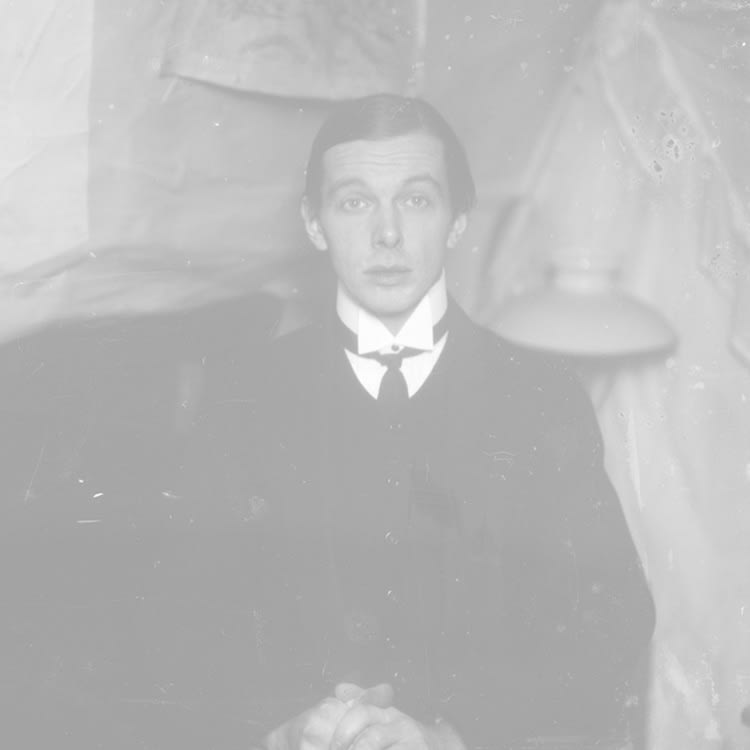ERNST LUDWIG KIRCHNER 1880-1938
Ernst Ludwig Kirchner is an Expressionist artist, whose works are exhibited at the HELENE BAILLY gallery.
Ernst Ludwig Kirchner, born in Bavaria in 1880 is generally seen as the most important painter of the German Expressionism. From 1901 to 1905, he studied architecture in Dresden where he met and worked with Fritz Bleyl, Erich Heckel and Karl Schmidt-Rottluff. After finishing his studies he opposed his father's wishes and decided to become a painter. The intense artistic and intellectual relationship between the four artists soon led to the formation of the « Die Brücke » group, which, according to Schmidt-Rottluff, wanted to « attract all revolutionary and restless forces », to create a new artistic style, breaking with the academic tradition. In 1906, they held their first exhibition, focused on the female nude, in Dresden.
In 1911, Kirchner moved to Berlin where he discovered new landscapes - city and street scenes. He painted them in a simplified manner, with sharply contoured forms, expressive features and clashing colours.
In 1917, Kirchner settled in Frauenkirch near Davos. The city scenes were now replaced by mountain landscapes and scenes of rural life.
The beginning of World War I and the following years were a turning point in his life and work. The war experiences and military service caused an existential anxiety and led him to illness and long stays in sanatoriums. In 1933, Ernst Ludwig Kirchner was described as a « degenerate artist » by the nazi regime who required his dismissal from the Academy of Arts in Berlin. Four years later, more than 600 of his works were removed from German museums and then sold or destroyed. Traumatized by these events and the imminence of World War II, Kirchner committed suicide in 1938.

